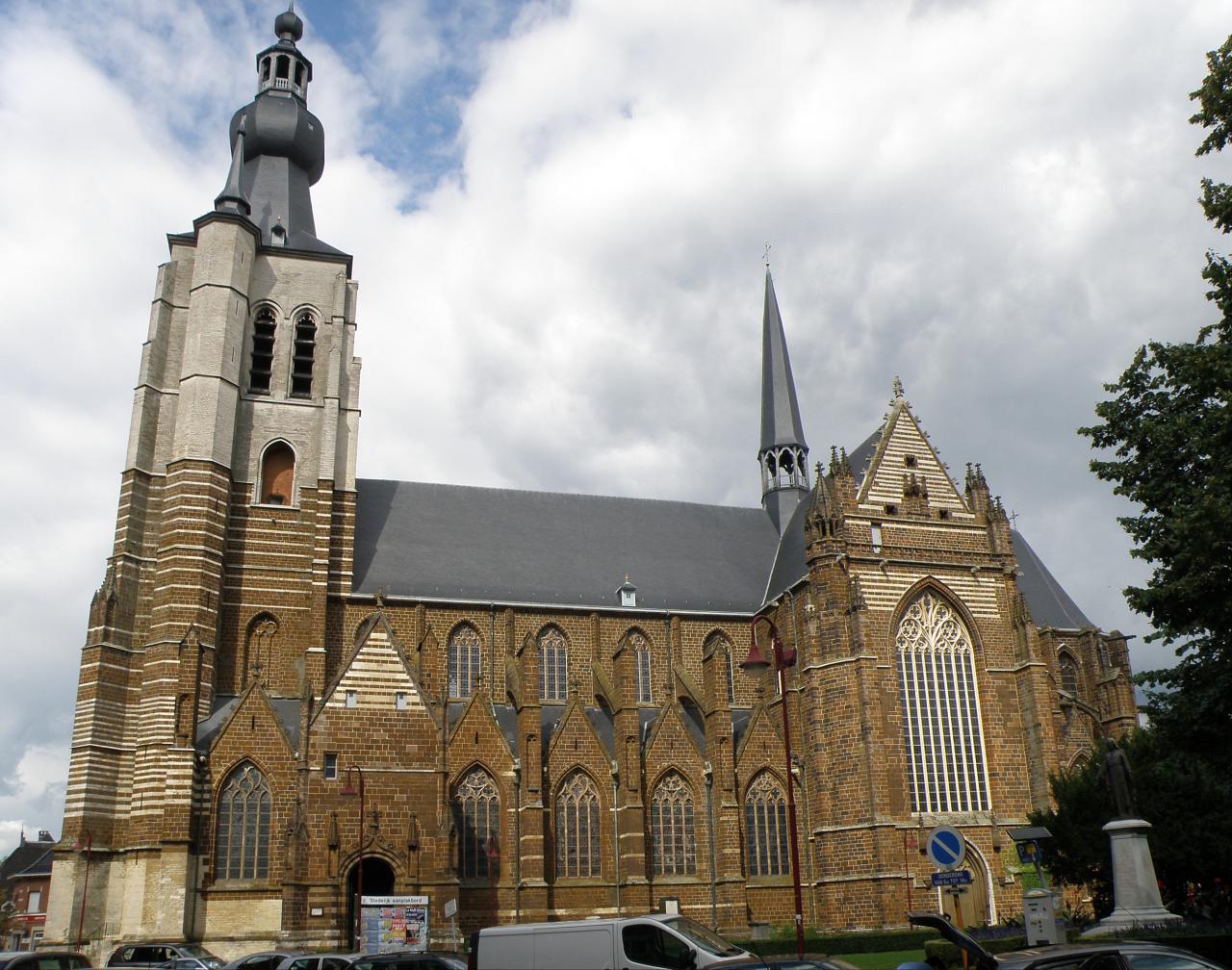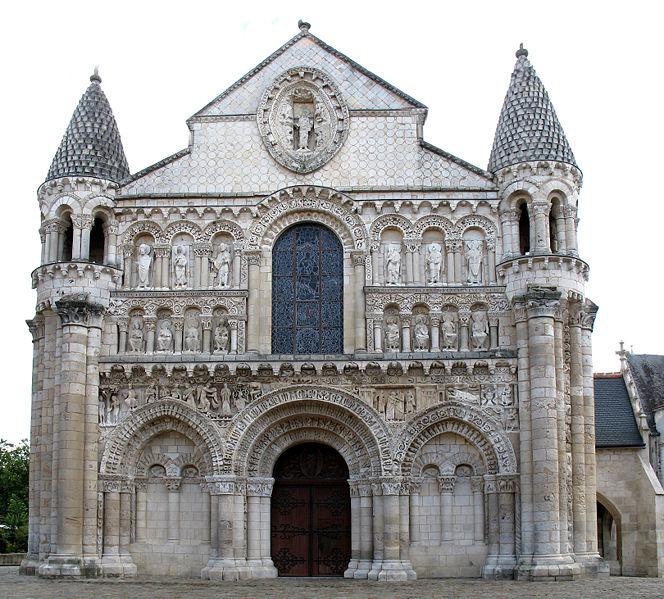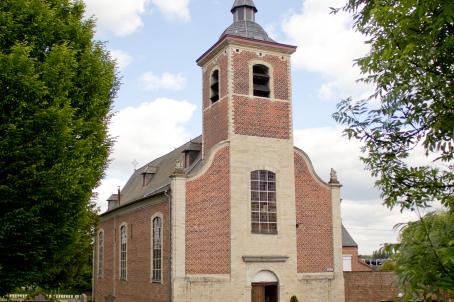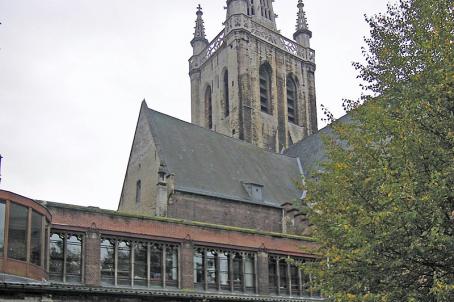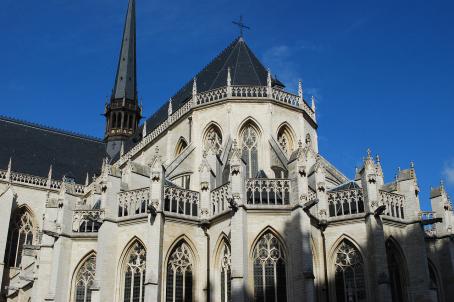Onze-Lieve-Vrouwe Church
This is a rich open-air mister organ seum with seven centuries of architectural and funerary art.
About this building
It is orchestrated by the abbey church, a masterpiece by architect L.-B. Dewez, who worked with the famous J.-B. Le Pic
